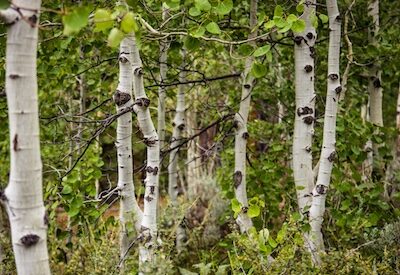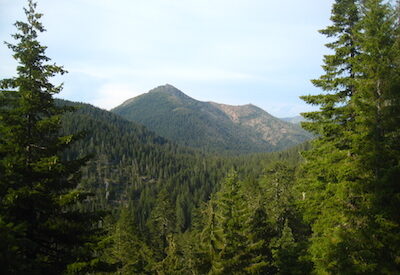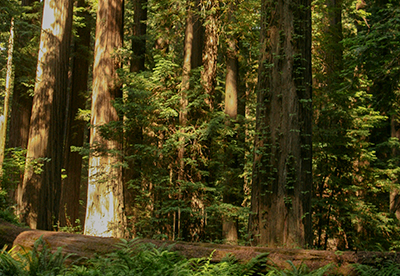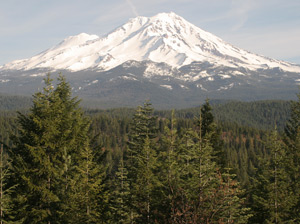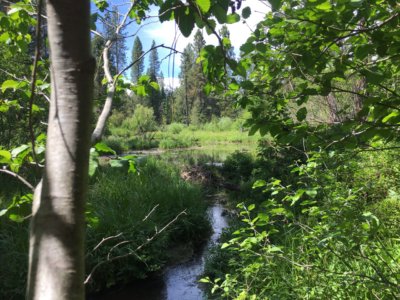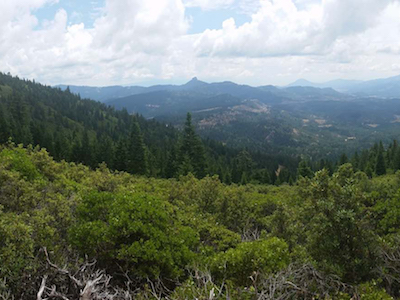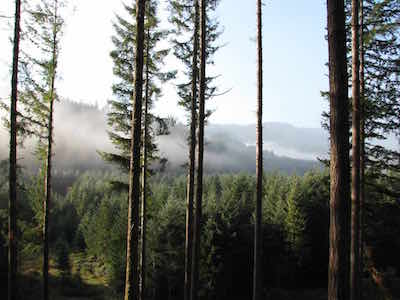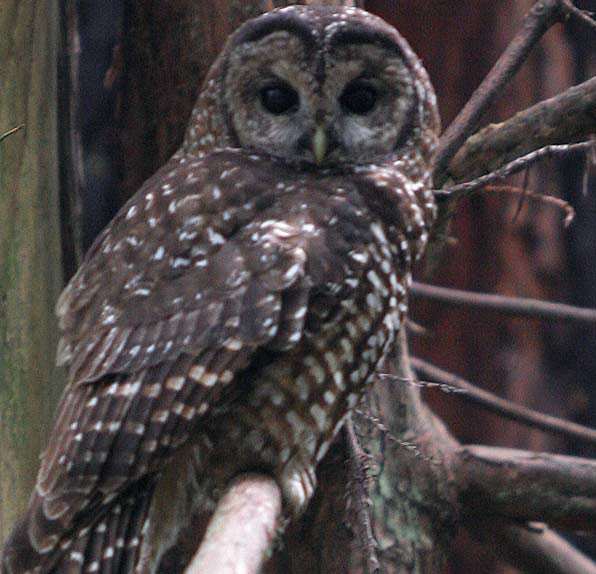
Quick Facts
Latin Name: Strix occidentalis caurina
Status: Threatened
Population: Southwestern British Columbia, western Washington and Oregon, and northwestern California
Diet: Flying squirrels, wood rats, mice and other small rodents, as well as birds, insects and reptiles.
Weight: 1-2 lbs; males smaller than females.
Length: About 1.5 feet
About the Northern Spotted Owl
A medium-sized, chocolate brown owl with dark eyes, the northern spotted owl is a nocturnal “perch-and-pounce” predator that captures its prey (primarily small forest mammals) with its claws. Like most owl species, the spotted owl nests in the tops of trees or in cavities of naturally deformed or diseased trees. Spotted owls primarily mate for life and may live up to 20 years.
The northern spotted owl is believed to have historically inhabited most forests throughout southwestern British Columbia, western Washington and Oregon, and northwestern California as far south as the San Francisco Bay. Prior to the listing of the northern spotted owl, development and past harvesting practices resulted in the loss of owl habitat. As the amount of suitable habitat declines, so does the number of spotted owls. When spotted owls are forced to live in small patches of forest they become more susceptible to starvation, predation, or further loss of habitat due to natural destruction such as windstorms. More recently, competition from encroaching barred owls also has caused an apparent decline in spotted owls across most of their range. Estimates suggest that the amount of suitable habitat available to spotted owls has been reduced by over 60 percent in the last 190 years. Owl numbers appear to have declined annually since 1985 when many studies began. Spotted owls are currently declining at an average rate of 2.9 percent rangewide each year.
Recovery efforts for the northern spotted owl are helping to reduce habitat loss on federal lands. Current forest management practices stress more limited harvesting in old-growth forests and suggest alternate areas for harvest which are less preferred by spotted owls.
For more information:
HOW YOU CAN HELP THIS SPECIES
The northern spotted owl needs your help to preserve its natural habitat. Together, with Pacific Forest Trust and our network of partners, we can all protect the spaces this species needs to survive.

